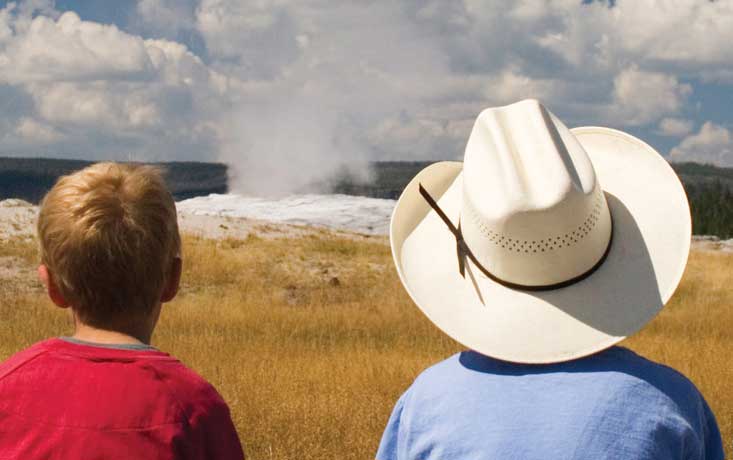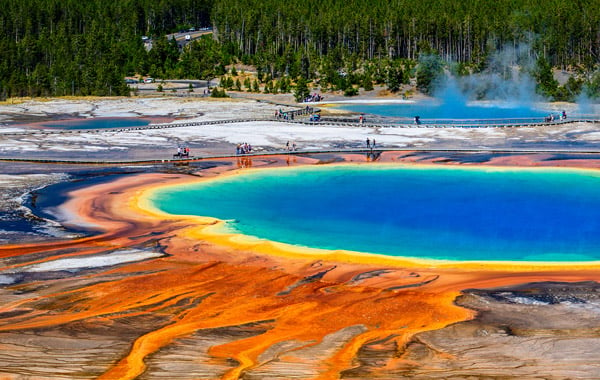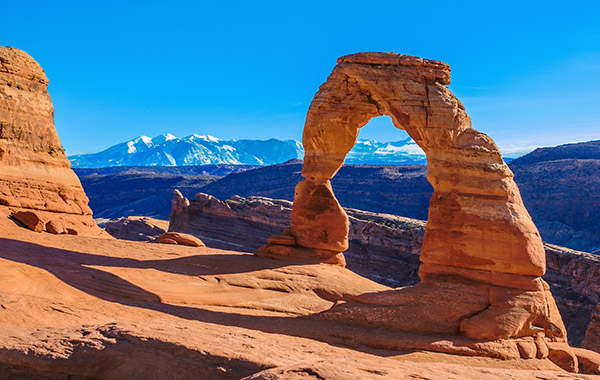Photos
10 U.S. National Parks to See in Your Lifetime
Some travellers have made it their goal to see every U.S. national park — but with a staggering 419 parks spread over 50 states, where should you begin? We talked with A&K’s top North America guides and experts to narrow a list of the 10 parks that no traveller should miss. The final tally includes icons like Yellowstone National Park, with its multicolored hot pools, and the otherworldly Grand Canyon, as well as less-touted wonderlands from Utah to Alaska.
Get inspired with our favorite views at America’s best national parks, and then start packing for a summer adventure on one of A&K’s new Luxury Tailor Made USA journeys, an ideal way to travel privately and responsibly — and with opportunities for uncrowded insider access — as the country reopens.
-

-

-

-

-

-

-

-

-
Experience North America's Best National Parks
View Journeys -

-

-
Want to Visit a National Park this Summer? Here’s Why You Should Go with an Expert
Read More




























 The Americas
The Americas
 Europe, Middle East and Africa
Europe, Middle East and Africa Australia, NZ and Asia
Australia, NZ and Asia